The Connected Canopy project shines a light on youths’ creative space design for the community, and uses critical thinking in architectural innovative solutions. The project shortlisted five teams in the final category which presented their grand design to the jury on October 7
‘Connected Canopy’ is a Creative Generation project produced in collaboration with Cambodian Living Arts (CLA). The site-specific project operates at the intersection of art, architecture and community. It is an architectural invention on the CLA site, which hosts community gatherings, events and is a safe space for personal expression.
The design for the Connected Canopy was chosen from applications submitted by teams of young Cambodian creators.
They were required to collaborate, leveraging their diverse skills and ideas to fulfill the design criteria of the project. In order to bring their vision to life, they received mentorship and support every step of the way.
Creative Architecture Space Designing Solution
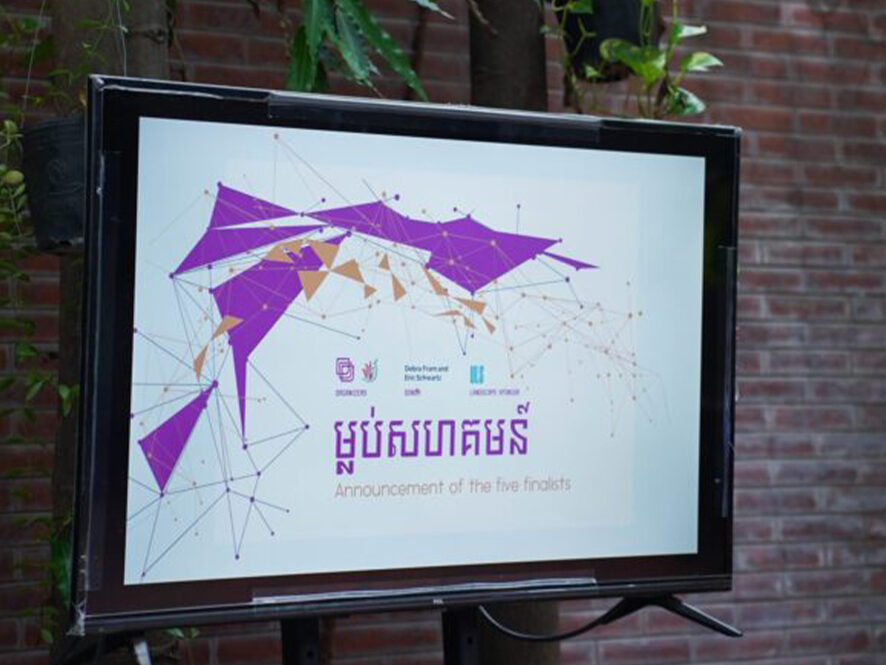
Dana Langlois, artistic director of Creative Generation, said Connected Canopy is a platform which allows young Cambodian architects to showcase their creative talent in urban environment designing solutions for community.
“I started the project to give young Cambodian architects an opportunity to reflect on space-making within an urban environment. It’s a chance for them to come up with very creative design solutions for a community space.”
She added that as an architectural competition, it is unique in that they actually get to build their winning design and make their vision a reality.
The Connected Canopy’s goal is to give young people a learning opportunity through mentorship, working with experts and real-world actions in creative architecture design.
Impacts on Youths

By collaborating with CLA, the project will bring two positive impacts to youths.
Firstly, as part of the competition, the teams have to learn and propose ways to engage the community in the process which allow youths to expand their creative and critical thinking to propose innovative design solutions.
“For many designers and architects, this is a new concept,” Langlois said.
Secondly, by creating a beautiful community space with CLA, young people will be attracted to the space and public programmes and be inspired by the rich cultural activities.
The Connected Canopy project supports learning through mentorship and hands-on activities. Five finalist teams worked together with mentors to develop their final master plans and foster open communication.
The third part of the project has two main areas – community engagement and landscape design in which architecture students have to work with the guidance from experts to establish and implement their concepts.
The winner team have to complete their creative design solution and present their plan. Then, working with a team of professionals, they will have another two and half months to build it.
“Throughout the entire process they will be focused on the aesthetics and feasibility of their design. They have a lot of requirements to meet which results in very creative design solutions – the big challenge is making it work,” – Langlois
In February, there will be a huge celebration and award ceremony for teams to mark their accomplishment of the Connected Canopy programme.
“They are incredible. Each finalist team has come up with a very different design solution which is very exciting for us. Whether they win or not, I hope that it inspires others to be creative, to be bold, and to take risks,” said Langlois.
Cambodians’ Design Talents
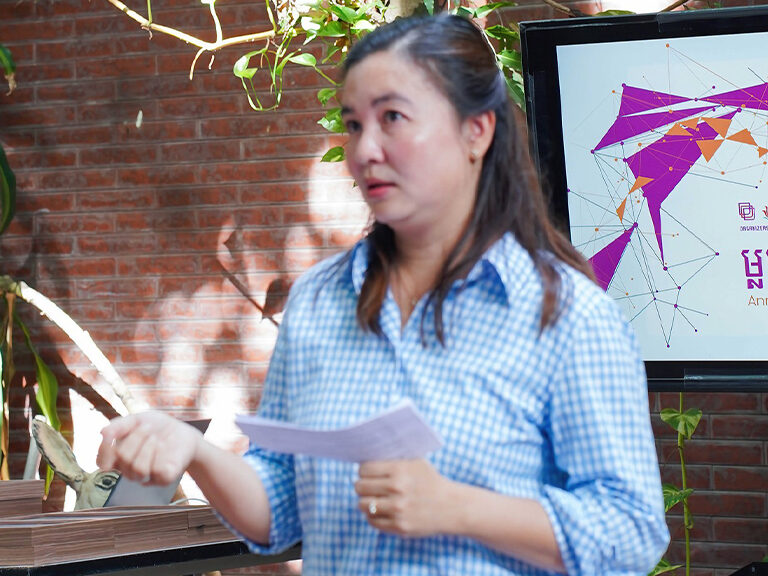
As a jury in the project, Koun Manith, who is head of finance at CLA, was amazed by the youths’ enthusiasm and potential in solving problems in space designing.
“I noticed that all applications are by young people aged between 20 and 25. They have talent and creativity in design work including architecture, artistic and problem solving in place of the design concepts and meetings required for this project,” she expressed.
Manith expects to see youths showcase their creative designing space talent which is socially innovative. She said it offered an exciting design challenge for participants.
During the application, 16 teams from architecture majors submitted entries but five teams stood out for their creativity, innovation and commitment to the programme’s vision.
The finalists had one month to work with mentors on developing their design concepts. On October 7, they presented their final designs.
The jury has selected the winner who will build their design in a space identified inside the CLA facility from November to January.
Expression of the Finalists
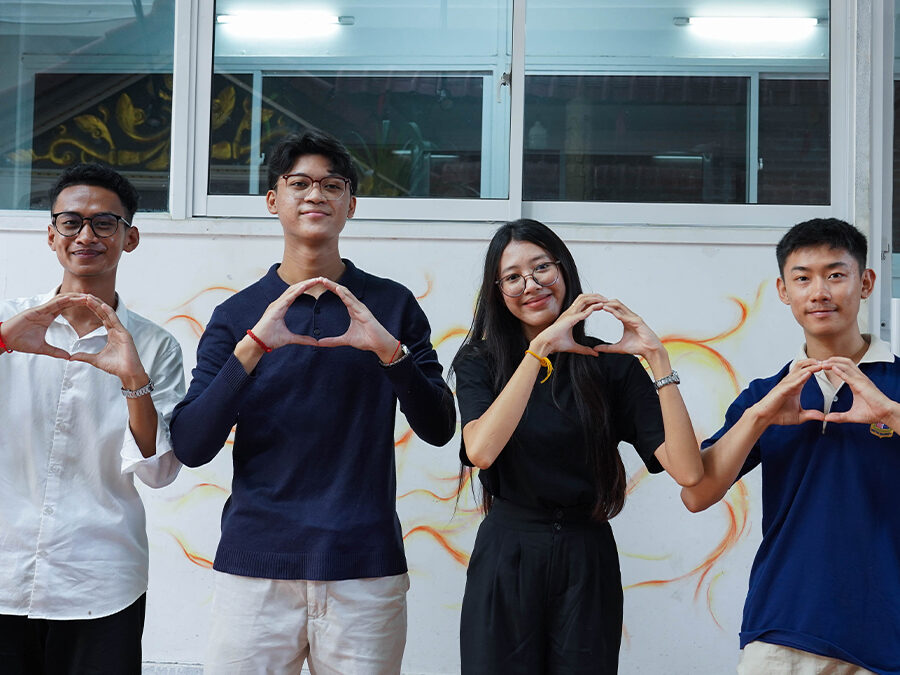
The ‘Within the Circle’ team is made up of Som Vanserey Rothnak, Mol Nyta, Cheng Neahav and Noy Vannak, who are year-five undergraduates of Norton University, and confident of achieving good results.
The project will provide opportunities for them to participate in the community and showcase unique ideas, they said.
“It’s more than just a competition. Moreover, it tackles issues in the community and contributes to community development through the design of the site,” – Within the Circle Team
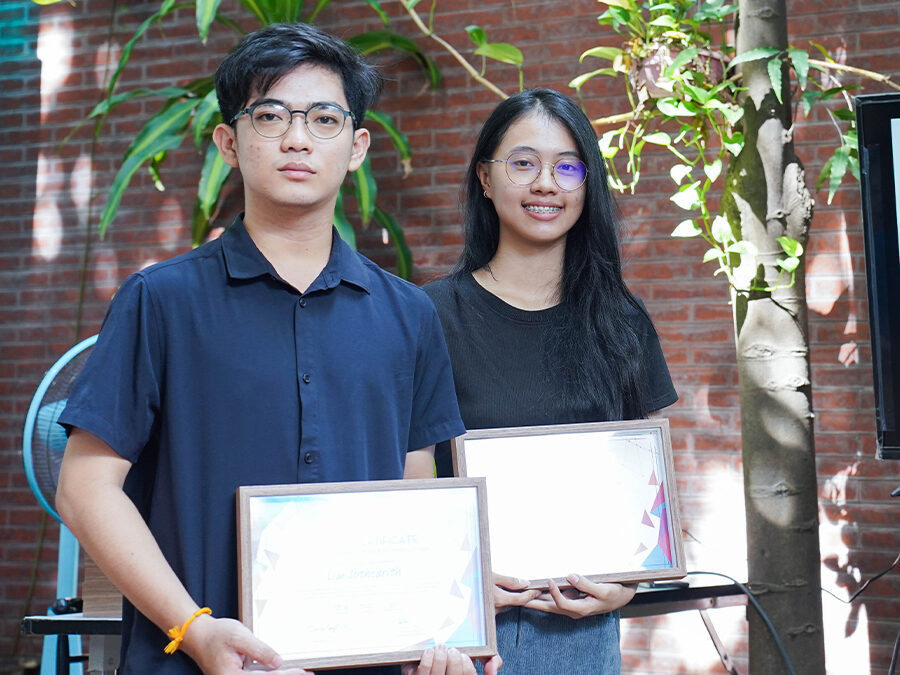
Lim Sothearith and Heng Sambath Leakhna designers of “The Everlasting Dance” said they are dedicated to developing more design ideas by using the opportunity to practice construction on the site.
“It is an honour to be one of the five teams, as it is a challenging and interesting competition which requires a small venue to be adapted into a location that can be used to suit the needs [of people] and for different events, and to have enough space for other participants,” – Sothearith and Heng Sambath
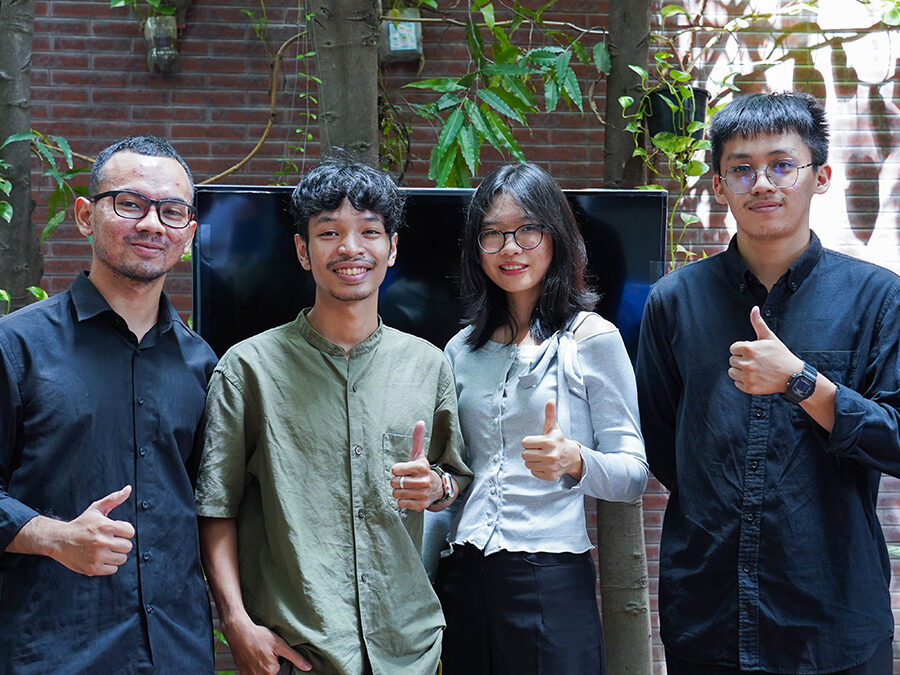
Meng Vathana from the “Star Gazing” team said the Connected Canopy project is good for the community. He was pleased that their “best design idea” got them selected.
“I feel happy, proud and thankful to the team. The other projects had good project ideas, but our project might have some special features which saw us being chosen as finalists,” Vathana said.
Another finalist from the same team, Be Kimsoir, was excited that she was chosen and was at the final stage of selection for successful applicants.
“When I first came to this location, I did not know how to design it as it is a unique space. There are many big trees and high fences, so I was not sure how the design of this location should evolve,” she recalled the time she visited the place.
“At first, I was stressed, but when we implemented our design concept, we solved the problem until we completed the project. I was happy and proud of myself,” she said, describing herself as an art lover. She was grateful to be part of the creative art project with CLA, she added.
